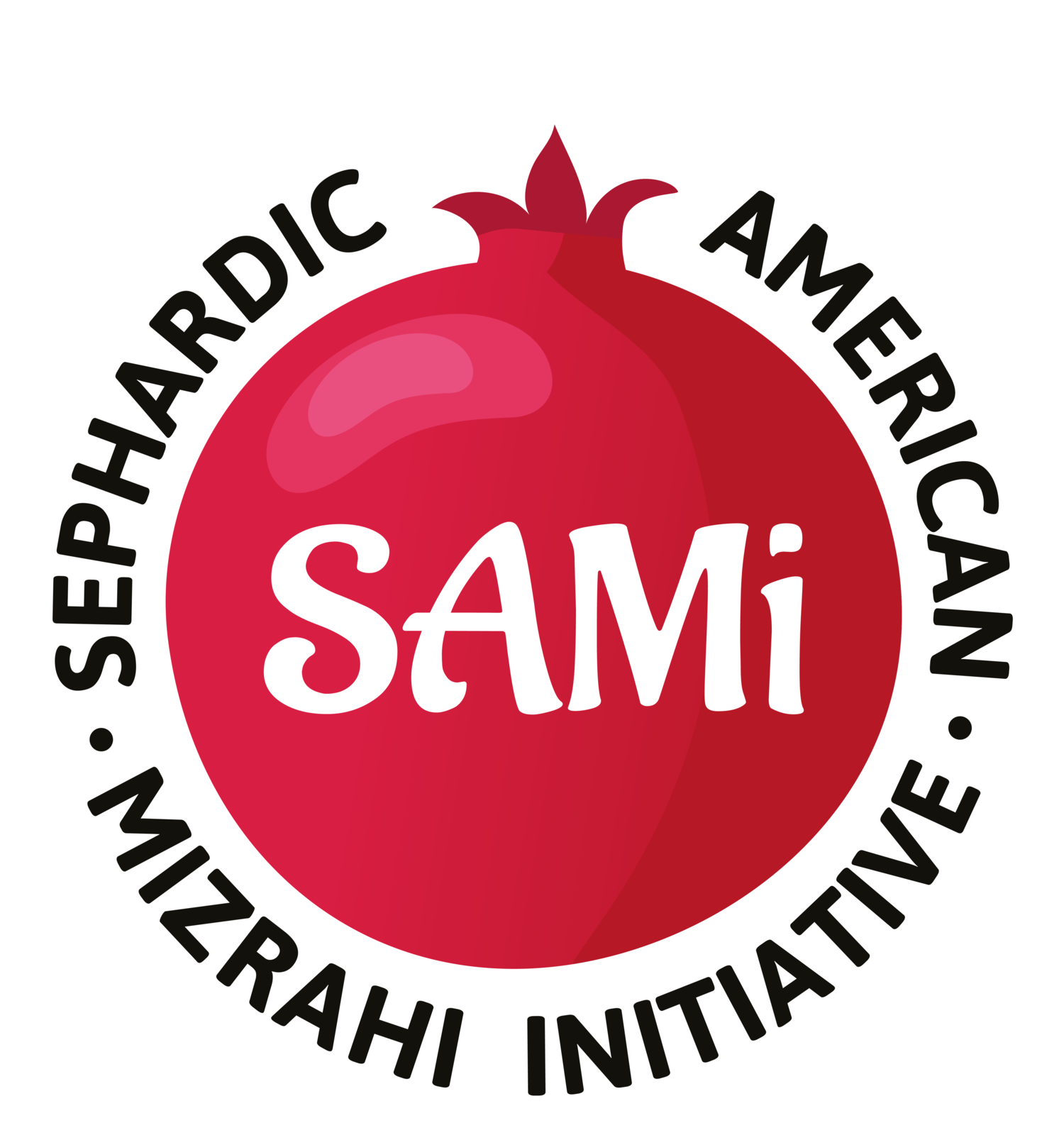How to Make Jewish Student Organizations More Welcoming to Sephardi and Mizrahi Students
Written by Manashe Khaimov (originally published in the Allgemeine on APRIL 5, 2023 11:03 AM)
“Investing in Sephardi and Mizrahi communities today ensures an inclusive and diverse leadership pipeline for the future of the American Jewish peoplehood tomorrow.”
The Sephardi and Mizrahi Jewish community comprises approximately 35% of the overall Jewish population of North America, according to statistics from our organization, the Sephardi American Mizrahi Initiative (SAMi), a national nonprofit Jewish movement for college students and young professionals from North Africa, the Middle East, Iran, and Central Asia that I founded in 2020. And yet, there are only a handful of Sephardi and Mizrahi-identifying student clubs across the US, compared to 800 Hillel chapters or 360 Chabad locations, which historically have been Ashkenazi-leaning.
While Jewish organizations on campus have done more in recent years to engage this population, they’re struggling to make it sustainable.
At the Hillel International General Assembly in December 2022, SAMi surveyed 67 Hillel professionals to find out why this is. While many reported that there is a significant Sephardi and Mizrahi constituency on campus (most are unaware of the exact figure), they face a challenge of engaging them with relevant and culturally considerate programming.
According to anecdotal data, many Sephardi and Mizrahi students stop attending Hillel events after the first couple of programs and only seek support after an antisemitic event occurs. In particular, the gap between the Ashkenazi and Sephardi-Mizrahi cultures and the lack of understanding, experience, and resources, causes many campus professionals to come up short-handed when strategizing about successful engagement approaches. This gap was echoed by the Sephardi and Mizrahi students, who said they do not see themselves mirrored in their Hillel staff. The lack of representation has caused some of them to steer clear of Hillel because they feel it to be isolating and non-accommodating to their cultural needs.
This lack of representation is largely due to the lack of leadership exposure, education, and experience that Sephardi and Mizrahi students receive growing up, compared to many of their Ashkenazi counterparts. (Most Sephardi and Mizrahi students do not have access to youth groups, and thus arrive at college lacking the necessary leadership skills to fully participate or take lead in Jewish life on campus.) In fact, 95% of students joining the National SAMi Leadership program report that it is their first leadership training experience. This made us realize that the student-driven model that exists on campus does not work for the Sephardi and Mizrahi community.
So, how can we tear down this wall, and bring Sephardi and Mizrahi students into the fold?
Here are six ways to make Jewish student organization more welcoming to Sephardi and Mizrahi students:
Hire a consultant and diverse staff to increase representation. People want to see themselves reflected in their leadership.
Establish a SAMi Hub. We assist in launching SAMi HUBs, a Sephardi and Mizrahi student club that can be a space for the SAMi constituency. Our organization also offers $1,000 of programming seed funding to start the club, with the opportunity to apply and be connected to more resources.
Use different language, which can make Sephardi and Mizrahi students feel more welcome. Some examples include saying “Shabbat Shalom” and not only “Good Shabbos”; “Beit Midrash” and not only “Bais Midrash”; “Kippot” and not only “Yarmulkes”; “Join us in saying Birkat Hamazon” and not only “We’re going to bench.”
Order Sephardi books. Look into your Beit Midrash and see if you have Edot-Hamizrah or Sefaradi Siddurim? If you do, then where are they placed? Prominently like all the other seforim on your bookshelf, or hidden in the bottom corner somewhere? If the latter, then place them side by side so as to give the students a feeling of equality. In addition, if you do not have them, then SAMi can provide siddurim for your SAMi-identifying student constituency.
Diversify the food you serve. The food you serve during the holidays and at Shabbat dinner matters for students who want to feel at home. Many Sepharadim didn’t grow up eating kugel, tzimis, latkes, or gefilte fish. Many would appreciate rice dishes, Moroccan fish, or mezze. By changing the food options you serve, you will transform the atmosphere for your students and give them a feeling of home and belonging.
Visibility matters. Take a look at what art you display in your Hillel. What art can you use that highlights Sephardi and Mizrahi culture? Also, who are you quoting in your educational resources? Are they only Ashkenazi rabbis or can we make space for a Sephardi/Mizrahi rabbi’s voice, like the Rambam, Hacham Ovadia Yosef, Hacham Rabbi Yosef Karo, Rabbi Uziel, or one of the many other Sephardi and Mizrahi sages?
In sum, we must be intentional when engaging with Sephardi and Mizrahi communities. Engaging the richly diverse Jewish populations on college campuses today is not a one-size-fits-all approach. We must consider the cultural nuances and norms, the diverse values and rituals, and the rich history and heritage of each student population we work with. Sephardi and Mizrahi students cannot be lumped into one group and must be considered individually as we work toward integrating all diverse Jewish populations on campus with the larger Jewish populations of North America.
At SAMi, we believe that investing in Sephardi and Mizrahi communities today ensures an inclusive and diverse leadership pipeline for the future of the American Jewish peoplehood tomorrow.






